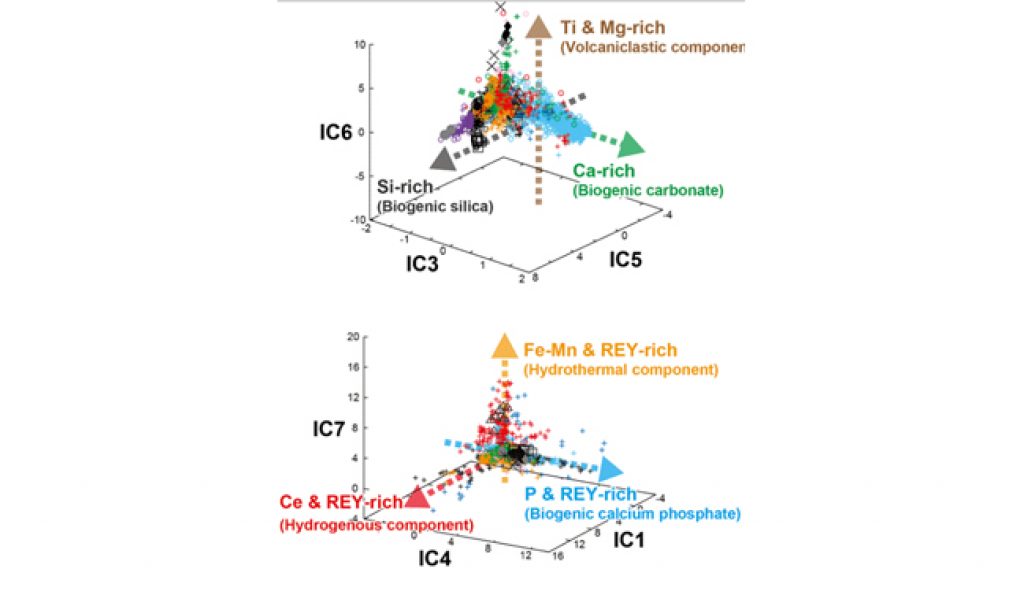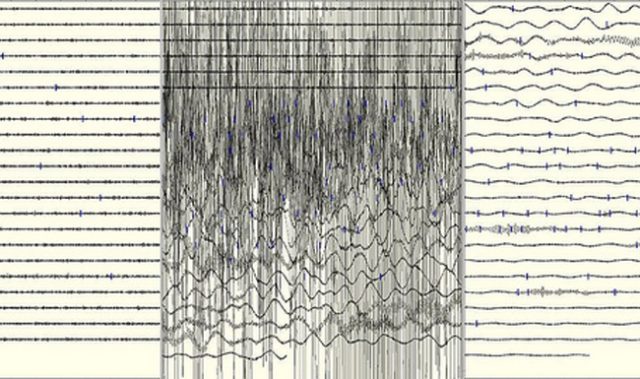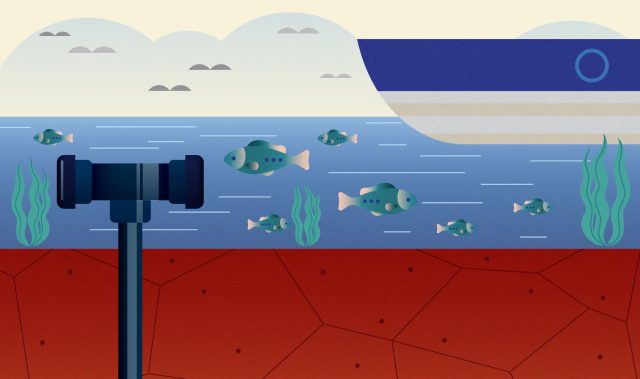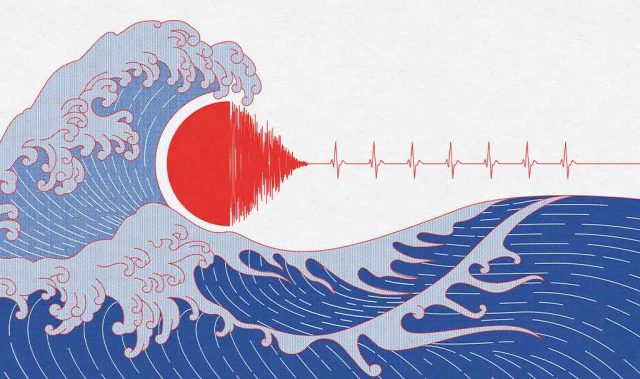
AsianScientist (Aug. 25, 2016) – Researchers in Japan have demonstrated that sufficiently slow build-up of deposits on the sea floor is necessary for mineral resources rich in rare earth elements and yttrium (REY) to form. The work was published in Scientific Reports.
REY-rich mud contains a high concentration of rare earths that are indispensable to the high-tech industry. Researchers have previously discovered the widespread distribution of this mud in the deep-sea floor of the Pacific Ocean, but the factors contributing to the sediment becoming enriched with rare earth elements remained unclear.
The research team led by Assistant Professor Kazutaka Yasukawa and Professor Yasuhiro Kato at the University of Tokyo used statistical analysis to pore through huge amounts of data on the chemical composition of deep-sea sediment. They collected data on the chemical composition of over 3,900 deep-sea sediment samples from 101 sites spanning the Pacific and Indian oceans.
They found that a key underlying factor for REY-rich mud to form is the presence of an environment with a sufficiently low sedimentation rate of less than 0.5 meters per one million years.
By applying statistical methods, the researchers also determined that three components are closely involved in the accumulation of the rare earth elements: hot water gushing out from the sea floor, slow deposition of metals from seawater, and the presence of calcium phosphate originating from biological sources such as the teeth and bones of marine vertebrates.
“Until now, REY-rich mud had been defined solely by their concentrations of rare earth elements,” said Kato. “But our research has for the first time demonstrated that rare earth enrichment in the depths of the ocean can be characterized by three different, statistically independent components.”
The article can be found at: Yasukawa et al. (2016) Tracking the Spatiotemporal Variations of Statistically Independent Components involving Enrichment of Rare-earth Elements in Deep-sea Sediment.
———
Source: University of Tokyo.
Disclaimer: This article does not necessarily reflect the views of AsianScientist or its staff.












